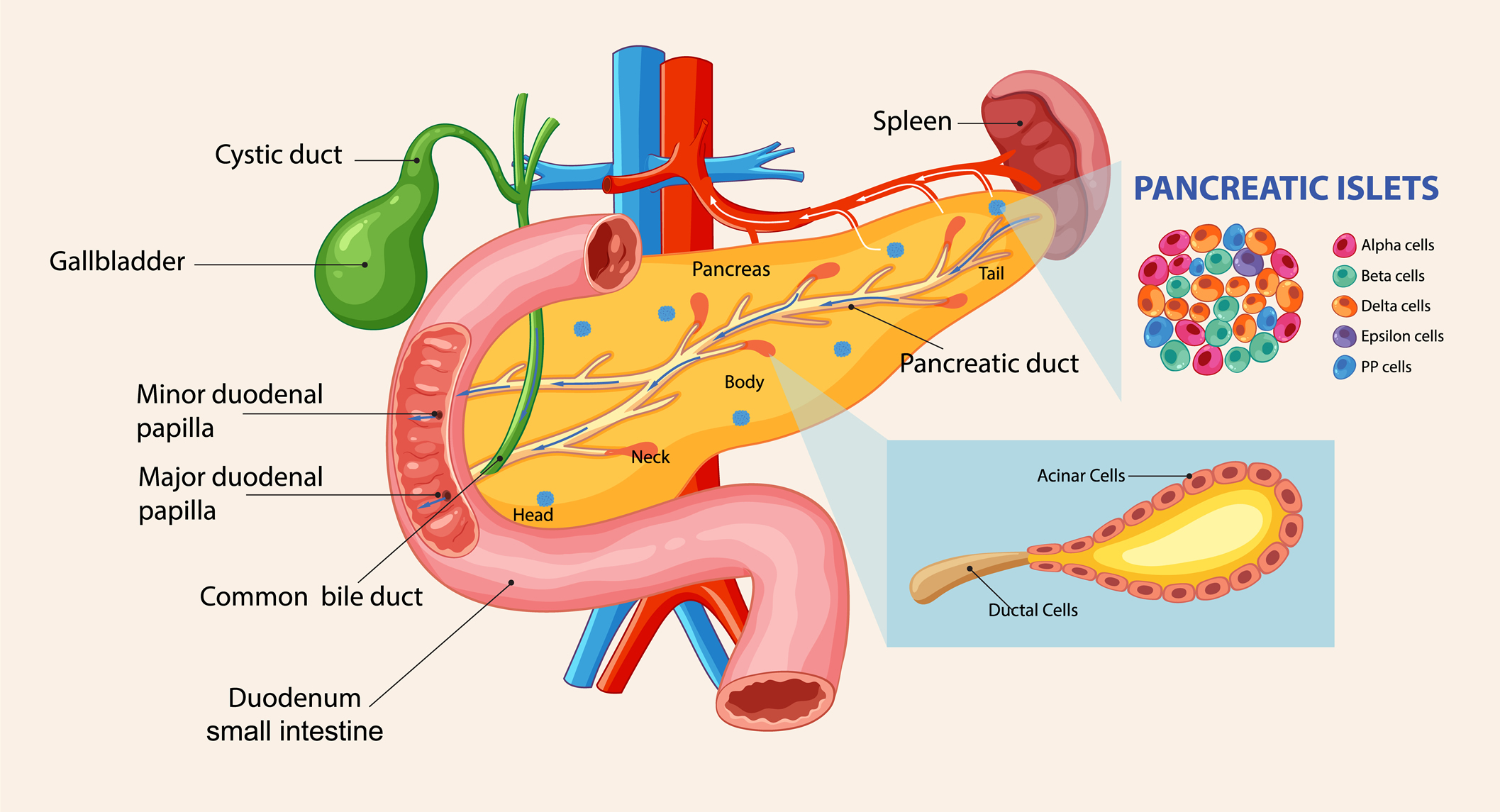When patients are considering or preparing for a cholecystectomy—the surgical removal of the gallbladder—their primary focus is often on relieving symptoms and returning to good health. While this is a very common and generally safe procedure, it’s vital to understand a rare but serious potential complication: bile duct injury.
Understanding the Biliary System and Cholecystectomy
To fully grasp the importance of preventing bile duct injury, it helps to understand a bit about the body’s digestive system. The gallbladder is a small organ that stores bile, a digestive fluid produced by the liver. When a person eats, the gallbladder releases bile into the bile ducts, which are small tubes that carry bile from the liver and gallbladder to the small intestine.
A cholecystectomy is typically performed using minimally invasive techniques, most commonly laparoscopic (keyhole) surgery, to remove the gallbladder, usually due to gallstones causing pain, inflammation, or infection. During the procedure, the surgeon carefully disconnects the gallbladder from the bile ducts and the liver.
The Risk of Bile Duct Injury
Though rare, a bile duct injury during cholecystectomy can have significant consequences, ranging from prolonged recovery and additional surgeries to potential long-term health issues. These injuries can occur if the surgeon inadvertently cuts or clips the main bile duct instead of the cystic duct (the small duct leading specifically from the gallbladder). This can happen due to:
- Anatomical Variations: The bile ducts and surrounding structures can sometimes have unusual arrangements, making them challenging to identify.
- Inflammation or Scarring: Severe inflammation from gallstones can distort the anatomy, obscuring a clear view of the ducts.
- Bleeding: Blood in the surgical field can obscure the view, making identification difficult.
- Technical Challenges: Poor visualization or technical errors can increase risk.
How Surgeons Work to Prevent Bile Duct Injury
Preventing bile duct injury is a top priority during every cholecystectomy. Surgeons employ several strategies to minimize this risk:
- Critical View of Safety (CVS): This is considered the gold standard technique. It involves carefully dissecting the area until three clear criteria are met:
- Only two structures (the cystic duct and cystic artery) are entering the gallbladder.
- The lower part of the gallbladder is separated from the liver.
- The triangle of Calot (an anatomical landmark) is clearly identified. These steps ensure that the surgeon has definitively identified the correct structures before they are divided.
- Intraoperative Cholangiography (IOC): This technique involves injecting a dye into the bile ducts and taking X-rays during the surgery. IOC helps to create a “road map” of the biliary system, confirming the anatomy and identifying any stones in the main bile duct that might also need to be removed.
- Surgeon Experience and Specialization: This is where the choice of surgeon becomes paramount.
The Role of Robotic Cholecystectomy
Robotic cholecystectomy is an advanced minimally invasive approach that utilizes a robotic surgical system controlled by the surgeon from a console. This technology offers several potential advantages:
- Enhanced Visualization: The robotic system provides a highly magnified, three-dimensional (3D) high-definition view of the surgical field, which can improve the surgeon’s ability to see delicate structures.
- Increased Precision and Dexterity: The robotic instruments have “wrists” that allow for a greater range of motion and finer movements than traditional laparoscopic instruments, mimicking the natural movements of a surgeon’s hand but with enhanced stability. This can be particularly beneficial in complex or challenging cases where precise dissection is critical.
- Improved Ergonomics: The surgeon operates from a comfortable console, which can reduce fatigue during longer or more intricate procedures.
While robotic cholecystectomy offers these technological benefits, it has not been shown to be definitively superior but remains a part of the surgical armamentarium in appropriately selected patients. This is a topic of ongoing research and discussion within the surgical community, highlighting the paramount importance of surgeon experience.
The Importance of a Specialist HPB Surgeon
When it comes to complex abdominal surgeries involving the liver, pancreas, and biliary system (HPB), the expertise of a specialist HPB surgeon makes a crucial difference, especially when considering advanced techniques like robotic surgery. Here’s why:
- Deep Anatomical Knowledge: HPB surgeons possess an in-depth, nuanced understanding of the intricate and often variable anatomy of the bile ducts. Their extensive training focuses specifically on these complex structures, equipping them to navigate challenging situations.
- Advanced Surgical Skills: They are highly skilled in meticulous dissection techniques required to clearly identify and safely isolate the correct ducts, even in challenging cases with inflammation or anatomical variations. This skill is transferable across different surgical platforms, including robotic systems.
- Proficiency with Advanced Technologies: HPB surgeons are proficient in utilizing and interpreting tools like intraoperative cholangiography and are often at the forefront of adopting and safely integrating advanced technologies such as robotic platforms into their practice. While the robot offers tools, the surgeon’s experience and judgment remain the primary drivers of safety.
- Experience with Complications: While prevention is key, HPB surgeons also have vast experience in managing and repairing bile duct injuries should they unfortunately occur, offering the best chance for a successful resolution.
Choosing a surgeon for a cholecystectomy is an important decision. While all general surgeons are trained to perform this procedure, opting for a specialist HPB surgeon, particularly if your case is complex or if advanced techniques like robotic surgery are being considered, provides an added layer of safety and expertise dedicated to the delicate biliary system.
